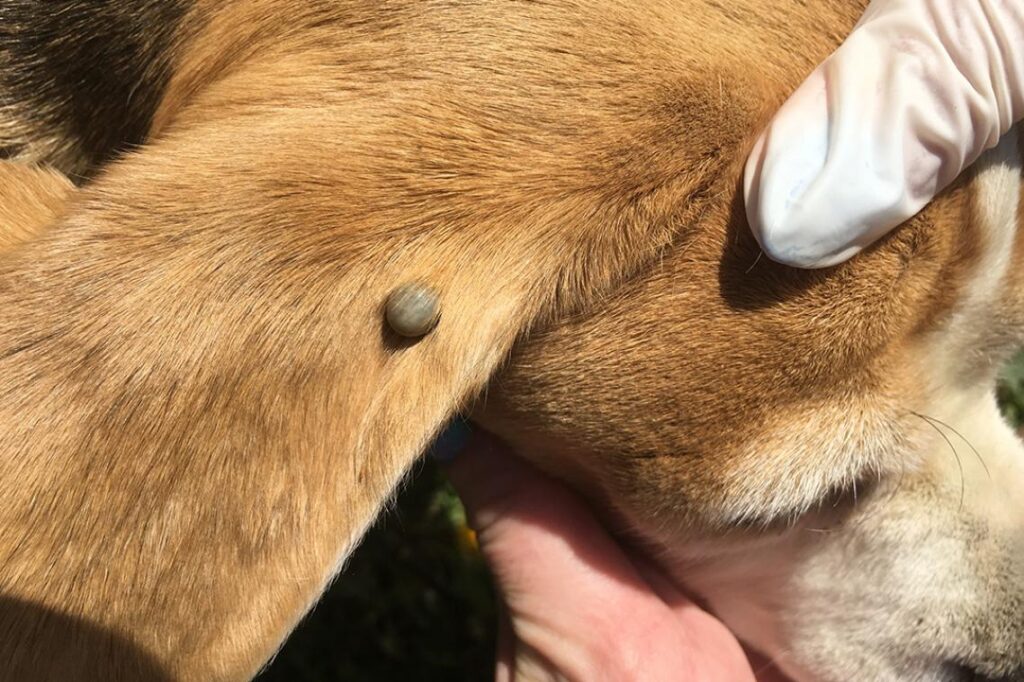
Research conducted by the University of Queensland has revealed that pet owners should prioritize checking their dogs and cats for paralysis ticks on their heads and necks. The study, which is the largest of its kind in Australia, indicates that focusing on these areas can significantly enhance the chances of effective treatment and potentially save lives.
Professor Stephen Barker from the School of Chemistry and Molecular Biosciences led the research. He stated that the findings stem from an analysis of over 10,000 tick envenomation cases reported at veterinary hospitals in cities including Brisbane, the Gold Coast, the Sunshine Coast, and Sydney. The study found that the paralysis tick, known scientifically as Ixodes holocyclus, was located on the head, neck, or ears of dogs in 73 percent of cases, and in 63 percent of cases involving cats.
The implications of these findings are critical for timely intervention. “If pet owners and veterinary clinics concentrate on these high-risk areas, they can initiate treatment sooner,” Professor Barker emphasized. While ticks were also discovered in other locations, such as the animal’s nostrils and genitalia, the research suggests that the head and neck should be the first places checked.
Symptoms of tick toxin exposure in pets can include changes in voice and behavior, which may progress to wobbly back legs. Prompt removal of the tick is essential for the best possible outcome. Notably, Professor Barker noted that it does not matter where the tick initially attaches; they tend to migrate toward the head and neck areas, particularly the adult females, which pose the greatest danger.
The study categorizes the locations of paralysis ticks found on pets, providing valuable insight into their behavior. Previous research by Professor Barker indicated that the severity of tick seasons is influenced by weather patterns from the previous summer. He pointed out that a mild and wet summer leads to a higher survival rate for tick eggs, resulting in an increased number of adult ticks in the following spring.
According to Professor Barker, the prediction for the current tick season is that it will echo the previous year’s figures, which saw around 5,000 vet visits related to ticks in eastern Australia, with 1 in 10 of those pets not surviving.
He advises pet owners to remain vigilant, checking their animals after outings and keeping dogs on leads in tick-prone areas. “If you have concerns, go directly to your veterinarian without delay, as every hour can be crucial for your pet’s survival,” he cautioned.
The findings of this significant research are published in the Australian Veterinary Journal, providing a crucial resource for pet owners and veterinary professionals alike.







